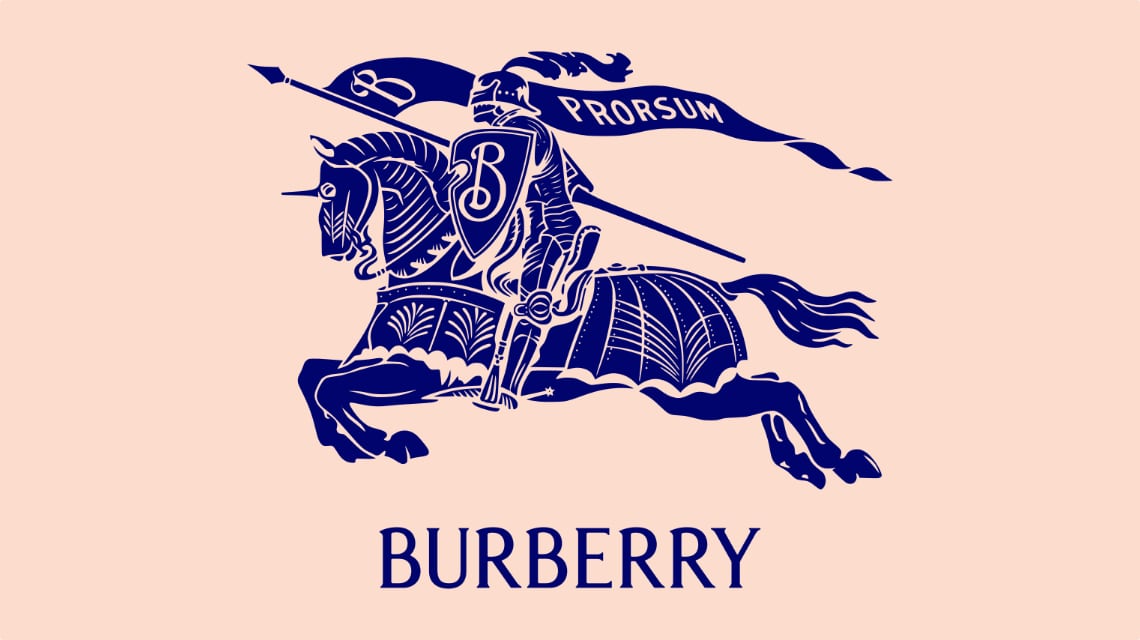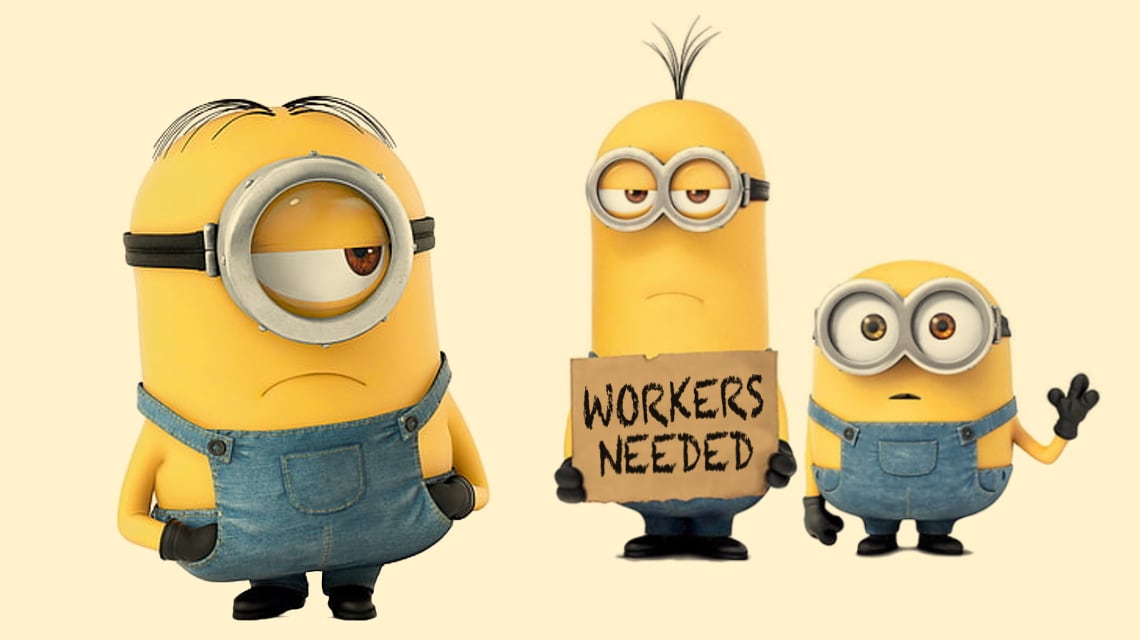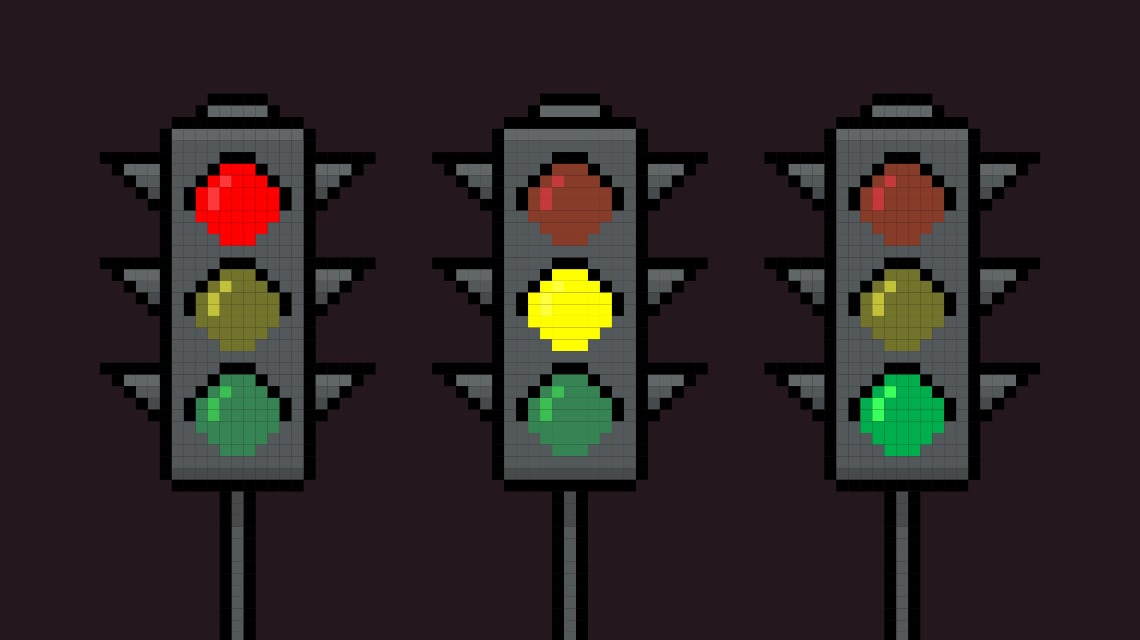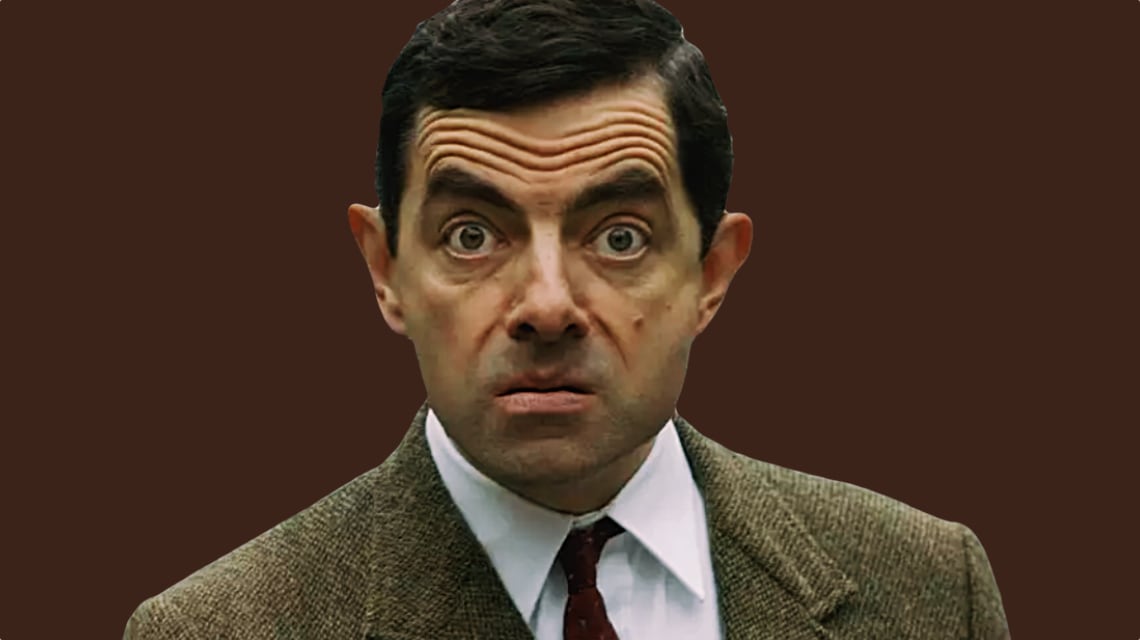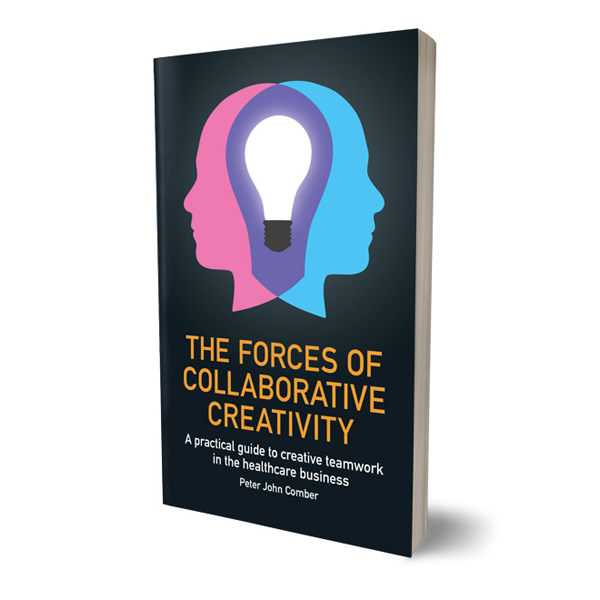Riding the Zeigarnik effect to breakthrough ideas.
Learning to live with the mental tension of unfinished tasks is an important ability for those who aspire to be creative.
The Zeigarnik effect is the tendency to obsess about unfinished tasks. Being in the midst of an unresolved task creates mental tension, which keeps it at the forefront of the mind - completing the task brings closure, relieving the tension. You may have heard of it recently, it’s often mentioned in relation to digital UX design where it is employed as a means to keep users engaged. But when it comes to being creative, the Ziegarnik effect is both a resource and a trap.
The Zeigarnik effect is named after the Lithuanian psychologist Bluma Wulfovna Zeigarnik, who first observed the effect of interruption on memory processing whilst studying at the University of Berlin. After testing her hypothesis in an experimental setting, she published her findings in “On Finished and Unfinished Tasks” (Zeigarnik, B. (1927). Uber das behalten yon erledigten und underledigten handlungen. Psychologische Forschung.). One of the key findings was that participants were able to recall details of interrupted tasks 90% better than those who had been allowed to complete the task undisturbed. Successive studies indicate that other factors such as motivation, reward expectancy, time of interruption, and the achievability of the required task may have a significant impact on the strength of the Zeigarnik effect.
The mental tension of incomplete tasks, that Zeigarnik observed, is useful in creativity - it keeps us in a receptive state for solutions to ongoing problems. It allows our subconscious to contemplate a problem when we aren’t consciously doing so. This explains the phenomena of an idea presenting itself, seemingly out of nowhere, when we aren’t focusing on the problem, because when we aren’t aware of thinking of a problem our mind is actually chipping away at it in the background. While productive, this is also stressful, the Zeigarnik effect can cause insomnia, promote anxiety, and deplete mental and emotional resources. One of the reasons creative people routinely accept this stress is that the closure achieved by the completion of a task is accompanied by the release of natural opiates in the brain. Like many forms of immediate gratification, closure can prevent us from achieving the best outcome if we don’t possess the ability to actively avoid it. An idea that is ‘good enough’ will stop us from exploring the problem at greater depth and uncovering a better idea, or maybe, even a great idea.
Riding the Zeigarnik effect is the act of willfully not completing a task and not fully concentrating on it. For more than thirty years I made a living as an advertising creative, this taught me how to focus on a problem and how to ignore it in a profitable manner. It isn’t easy. To do it effectively is contrary to instinct and in conflict with much of today’s business organisation and culture.
The following is a description of the process that has worked for me.
In the method described above I make a distinction between ideas and solutions. This is important. If you look directly for a solution to a problem you inevitably frame your thinking in terms of execution. This is very limiting. An idea should be bigger than a solution and have the capacity to become tangible in multiple ways, each of them a solution, with a cumulative effect.
Lee Clow is a surfer and one of the greatest advertising creatives who ever lived. When Lee Clow announced his retirement last week I read the following statement, that seems pertinent to the distinction between ideas and solutions and with which I agree unreservedly.
"What's throwing our industry for a loop is the complexity of putting messages out there in the world with all these new tools and all this new technology. The tools and technology are overwhelming, I think a search for simplicity and pure ideas is the only route back to making it more fun again. More than ever, finding brave, different ideas has to be the goal."

